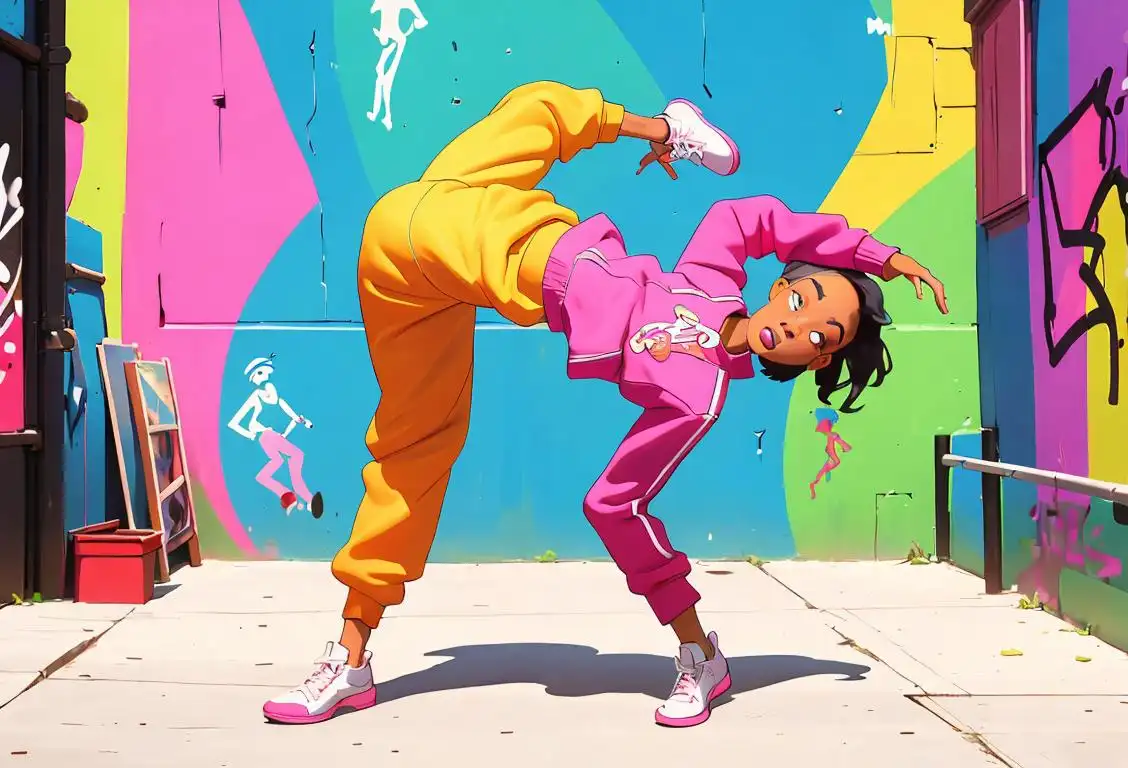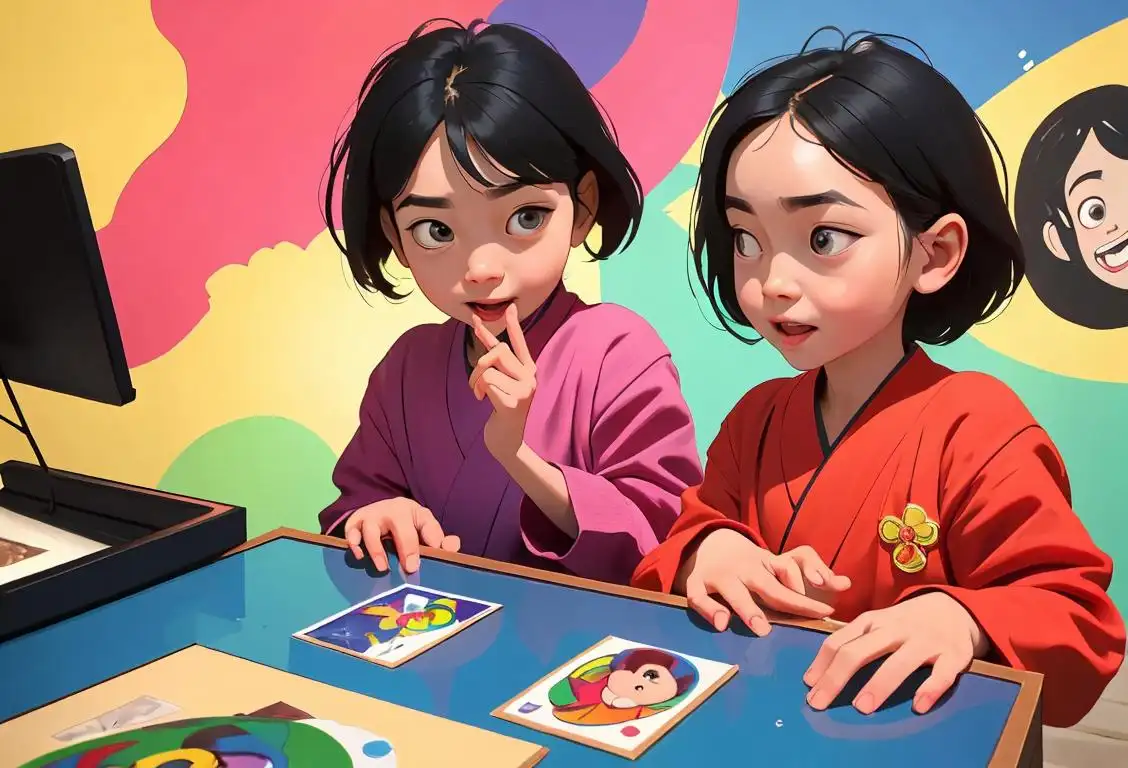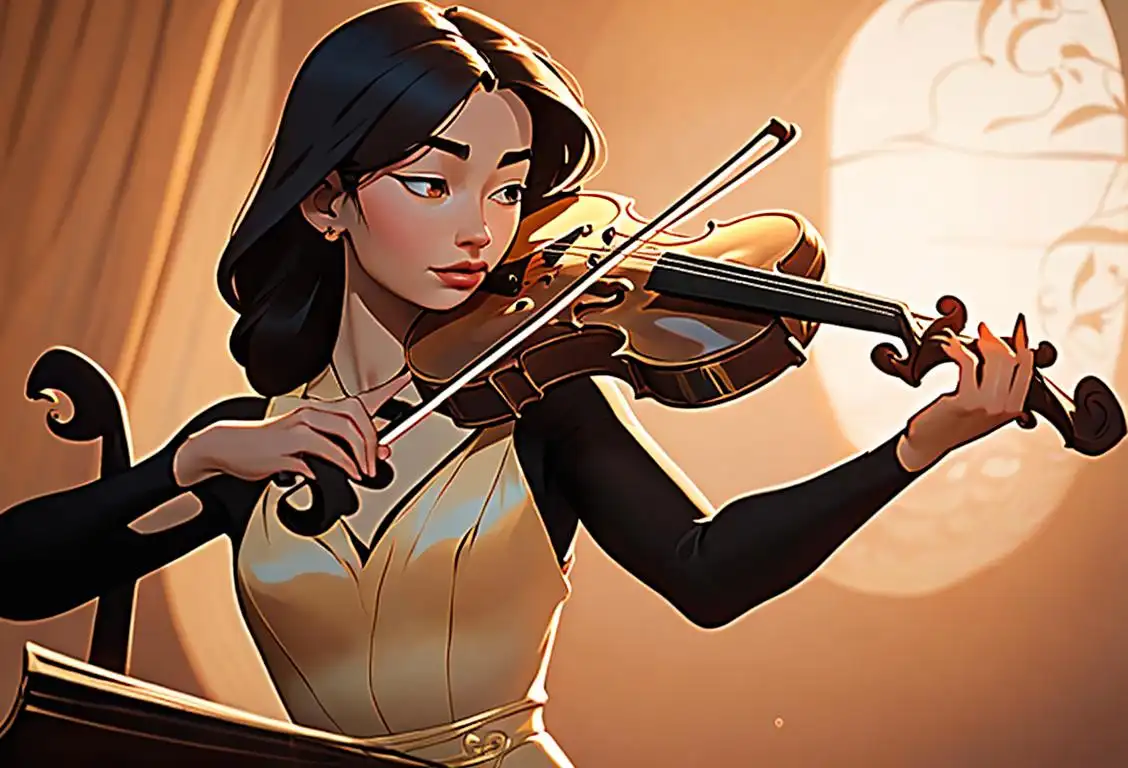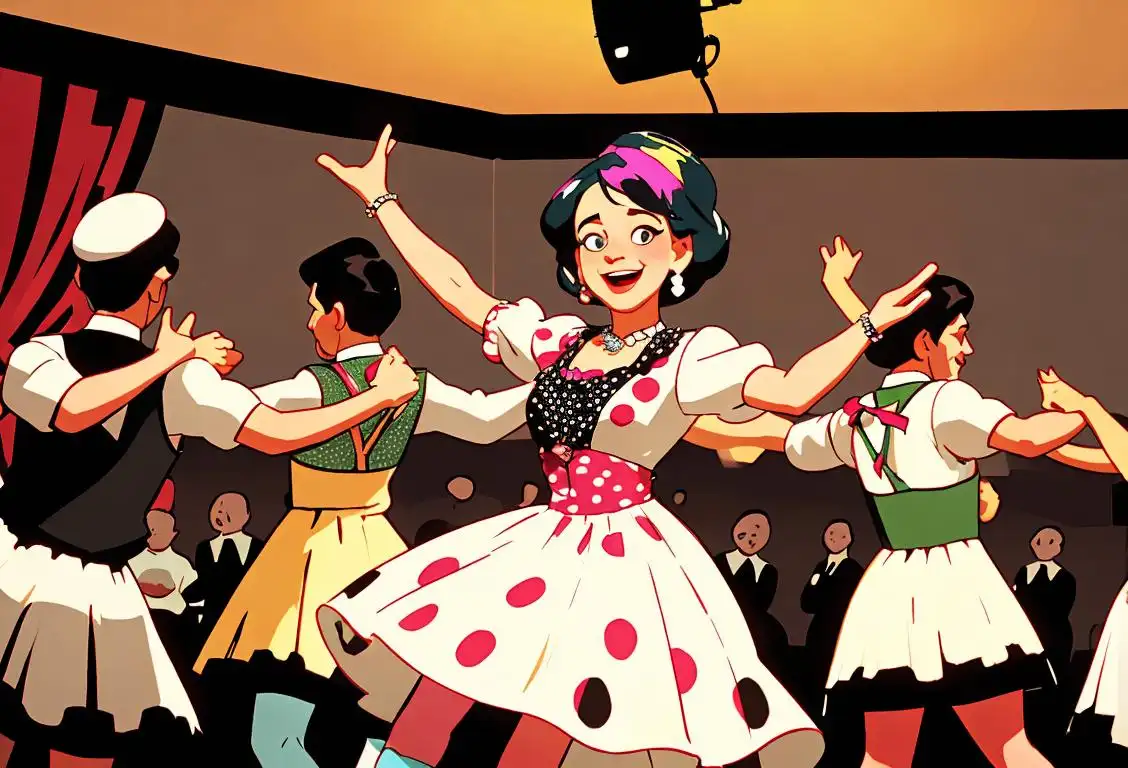National Tango Day
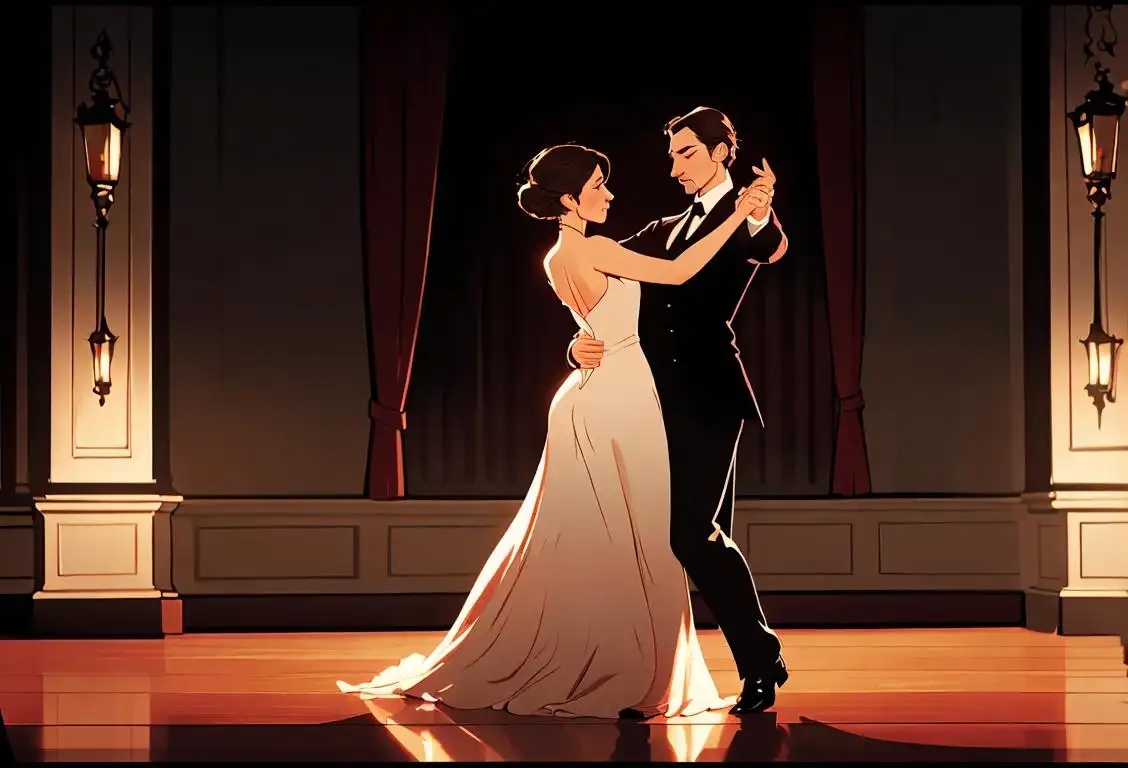
Welcome to the passionate world of National Tango Day! Prepare to get swept off your feet as we dive into the sultry origins and electrifying moves of this mesmerizing dance. Get your dancing shoes ready and let's tango!
When is Tango Day?
It's national tango day on the 11th December.
The Birth of a Sensual Dance
Picture this: a dimly lit dance hall in the streets of Buenos Aires, Argentina, filled with couples locked in a fiery embrace. It's the birthplace of the tango, a dance that ignites both romance and rhythm.
While the exact origins of tango are shrouded in mystery, it all started in the late 19th century in the impoverished neighborhoods of Buenos Aires. Influences from African, European, and indigenous cultures merged together, creating a unique dance style that would later captivate the world.
In the early days, tango was considered provocative and scandalous, attracting the attention of those seeking a thrill. It gained popularity in the brothels of Buenos Aires, where dancers would showcase their skills with passion and intensity.
Tango Takes the World by Storm
By the early 20th century, tango had made its way beyond the borders of Argentina and started spreading across the globe. It found its rhythm in Paris, where it became a sensation among the upper classes. Tango ambassadors brought the seductive dance to Europe, fueling its popularity and transforming it into an international craze.
Throughout the years, tango evolved and adapted to various musical styles and cultural influences. It incorporated elements of jazz, classical music, and even rock, giving birth to different styles like Argentine tango, ballroom tango, and nuevo tango.
Celebrating National Tango Day
To honor the rich history and captivating allure of tango, we celebrate National Tango Day every year on December 11th. It's a day to highlight the beauty of this dance form and its impact on music, culture, and society.
People worldwide come together to organize tango festivals, workshops, and performances. Tango aficionados and novices alike take to the dance floor to experience the magic of tango firsthand. Whether you're a seasoned dancer or a curious beginner, National Tango Day is the perfect time to immerse yourself in the passionate world of tango.
History behind the term 'Tango'
1870
The Origins
The term 'tango' originated in the late 19th century in the Rio de la Plata region, shared by Argentina and Uruguay. It is believed to have derived from the African word 'tangoma,' meaning 'drum.' The fusion of African, European, and Indigenous music and dance forms in this region laid the foundations for the birth of tango.
1880
Arrival in Buenos Aires
During the influx of immigration in the late 19th century, tango found its way to Buenos Aires, Argentina. It was predominantly embraced by the working-class neighborhoods and was initially associated with the city's brothels. Tango, in its early stages, was viewed as a provocative and scandalous dance.
1900
Tango Culture Emerges
Around the turn of the century, tango gradually evolved from a controversial dance to a full-blown cultural phenomenon. The increased popularity led to the opening of tango schools, or 'academias,' where dancers could refine their skills and learn more structured sequences. Tango orchestras and composers emerged, reinforcing tango as a distinctive musical genre.
1910
International Recognition
In the early 20th century, tango crossed international borders and gained recognition worldwide. Tango bands toured Europe, enchanting audiences with its seductive melodies and passionate dance style. In 1913, tango was introduced in Paris, igniting a global tango craze and establishing it as a symbol of Argentine culture.
1935
The Golden Age of Tango
The 1930s marked the Golden Age of Tango, a period of immense creativity and innovation. Legendary tango orchestras like Juan D'Arienzo and Carlos Di Sarli emerged, bringing a new level of sophistication to the music. Tango became an integral part of Argentine identity and a symbol of national pride.
1977
Tango Revival
After a period of decline, tango experienced a revival in the late 20th century. Astor Piazzolla, a renowned tango composer and bandoneón player, introduced a modern and experimental approach to tango music, blending it with elements of jazz and classical music. This revitalization sparked a renewed international interest in tango.
2009
UNESCO Intangible Cultural Heritage
In 2009, tango was inscribed on the UNESCO Intangible Cultural Heritage List, recognizing its significance as an expression of cultural identity. Tango festivals, competitions, and milongas (social dance events) continue to thrive worldwide, ensuring the preservation and global appreciation of this captivating dance form.
Did you know?
Did you know that tango was added to the UNESCO Intangible Cultural Heritage List in 2009? It's a recognition of tango's significance and its impact on the cultural heritage of humanity.Tagged
romance culture musicFirst identified
11th December 2016Most mentioned on
11th December 2017Total mentions
12Other days
Tango Day
Hip Hop Day
Museum Of Korea Gave Out Free Cds Day
Violin Day
Dubstep Day
Louisiana Day
Polka Day
Breakup Playlist Day
Barbershop Quartet Day
Justin Bieber Kissing Day
